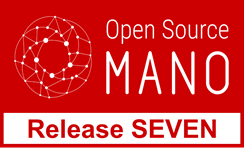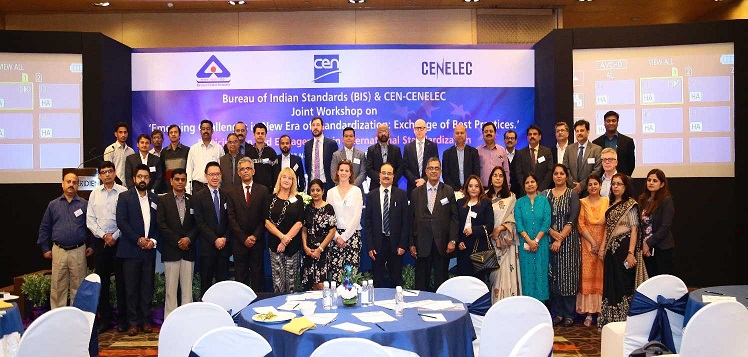Main News

ETSI Open Source MANO unveils Release SEVEN, - enables more than 20,000 cloud-native applications for NFV environments
The ETSI Open Source MANO group unveiled its latest release, OSM Release SEVEN. This release brings cloud-native applications to NFV deployments, enabling OSM to on-board over 20,000 pre-existing production-ready Kubernetes applications, with no need of any translation or repackaging. OSM release SEVEN allows you to combine within the same Network Service the flexibility of cloud-native applications with the predictability of traditional virtual and physical network functions (VNFs and PNFs) and all the required advanced networking required to build complex end to end telecom services.
In addition, Release SEVEN extends OSM's SDN framework to support the next generation of SDN solutions providing higher level primitives, increasing the number of available options for supporting I/O-intensive applications. Furthermore, the plugin models for intra and inter-datacenter SDN have been consolidated, and the management, addition and maintenance of SDN plugins significantly simplified. Release SEVEN also brings major enhancements designed to improve the overall user experience and interoperability choices. This includes an improved workflow for VNF configuration which allows much faster and complex operations, and the support of additional types of infrastructures, such as Azure and VMware's vCD 10, etc……

ETSI launches standardized security platform to address IoT, 5G, & security sectors
ETSI TC Smart Card Platform, that standardized the former generations of SIM cards, has been working on a brand-new security platform called Smart Secure Platform (SSP). The ETSI committee has unveiled the first three technical specifications to launch this new security platform.
The ETSI Smart Secure Platform offers an open platform for multiple applications with various physical interfaces and form factors. The new flexible file system and built-in capabilities support several authentication methods, as well as features defined for a UICC - the current security platform used, for instance, for the SIM card - such as a toolkit or a contactless interface. SSP is a highly secure, scalable, thus cost-efficient solution optimized to fit many requirements, from IoT applications to complex solutions, hosting several applications such as banking and payment, ID management and access to mobile networks. Furthermore, the SSP is backwards compatible to the UICC. The three specifications cover the general technical characteristics of the Smart Secure Platform with ETSI TS 103 666?1, the integration of the Secure Element into a System on Chip (SoC) solution in ETSI TS 103 666?2 and, as the first protocol between the Smart Secure Platform and the outside world, the Serial Peripheral Interface (SPI) which is specified in ETSI TS 103 713.

ETSI’s new end-to-end architectural framework for network and service automation
ETSI has announced two major specifications from the ETSI Zero-touch network and Service Management (ZSM) Industry Specification Group. ETSI GS ZSM 001 describes ZSM Requirements and ETSI GS ZSM 002 defines the ZSM Reference Architecture. The glossary of terms and concepts related to ZSM is provided in ETSI GS ZSM 007 that was published along with these specifications.
ETSI GS ZSM 001 examines various business-oriented scenarios and the related automation challenges faced by operators and other industry sectors, and defines the architectural, functional and operational requirements for end-to-end network and service automation. The ZSM architecture specified in ETSI GS ZSM 002 was designed to satisfy these requirements. The architecture is modular, flexible, scalable, extensible and service-based. It is designed for closed-loop automation and optimized for data-driven machine learning and artificial intelligence algorithms.

EU-wide Cybersecurity legislation: implementation of the EU rules in the energy sector
The European Commission has just published a report with key findings on how the EU cybersecurity rules under the NIS Directive are implemented in the crucial Energy sector, in particular in electricity, gas and oil areas. The report takes stock of the implementation of the main NIS Directive requirements across the EU, notably on the ways to identify the so-called Operators of Essential Service (OES), security measures, incident notification requirements. The report includes information on governance models chosen, lessons learnt and best practices at national level and presents cybersecurity capabilities of EU associations, organisations and bodies with a role in the energy sector. In addition, it provides an overview of the different public-private collaboration schemes in place across the EU. In line with the Commission Recommendation of 3.4.2019 on cybersecurity in the energy sector, the document supports Member States in addressing energy sector specificities, such as real-time security requirements, cascading effects and the combination of legacy and state-of-the-art technologies, when implementing the NIS Directive.






